Apple recently took a well-known blog on a tour of its audio labs, using the occasion to talk up its first smartspeaker, the HomePod, shipping on Feb. 9 for $349.
The labs are the same as those used to test products like iPhones, iPads, and AirPods, Apple marketing head Phil Schiller explained to The Loop. Devices are sent there several times during their development until sound performs to Apple's expectations.
The HomePod project dates back six years, and was born of the idea of making a speaker that would sound good in any room it was placed in, according to Apple's Hardware Engineering VP, Kate Bergeron. Development was originally limited to a small team, but executive approval allowed it to pull in teams handling aspects like thermals and wireless technology.
"We think we've built up the biggest acoustics and audio team on the planet," claimed the company's senior director of Audio Design and Engineering, Gary Geaves.
"We've drawn on many of the elite audio brands and universities to build a team that's fantastic. The reason we wanted to build that team was certainly for HomePod, but to also to double-down on audio across all of Apple's products."
For the HomePod, though, the company built a new anechoic test chamber, said to be one of the biggest in the U.S. and resting on springs to minimize outside vibrations. A second chamber was built to help with Siri voice detection, since the speaker needs to be able to hear Siri commands even over loud music or ambient noise.
A third chamber on the tour is meant to detect any unwanted noise from the speaker itself, such as a buzz. It rests on 28 tons of concrete, with foot-thick walls weighing another 27 tons. Between the chamber and the concrete slab are 80 isolating mounts. The combination of factors pushes the chamber to -2 dBA, below human hearing.
Work on the HomePod is feeding into other projects, Geaves said, without offering specific hints.
"There's been certain catalysts in the development of HomePod that are feeding other products," he remarked. "That's one of our advantages — we work on a bunch of different areas of audio."
 Roger Fingas
Roger Fingas

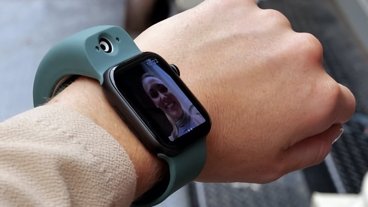
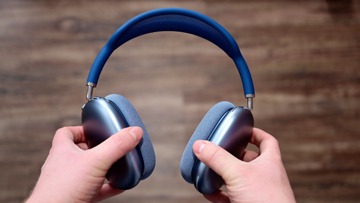
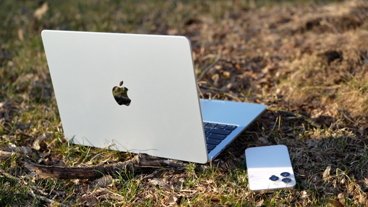

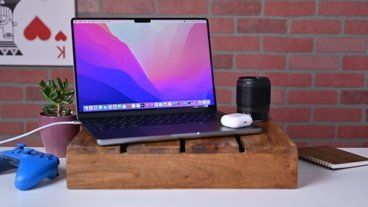

-m.jpg)






 Brian Patterson
Brian Patterson
 Christine McKee
Christine McKee
 Andrew O'Hara
Andrew O'Hara
 Malcolm Owen
Malcolm Owen
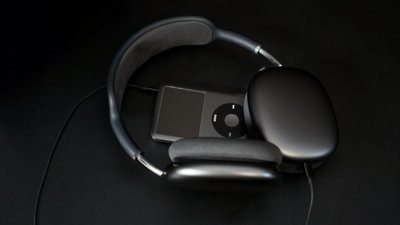

 William Gallagher
William Gallagher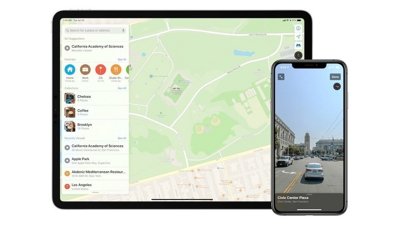
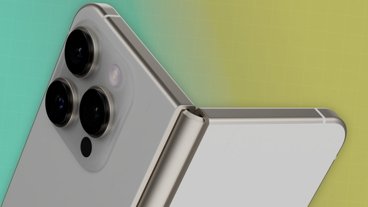
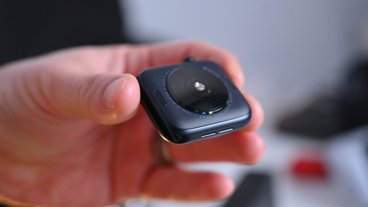


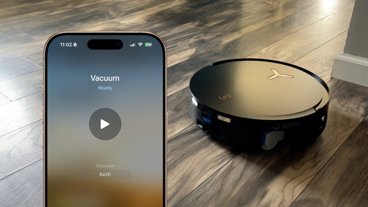
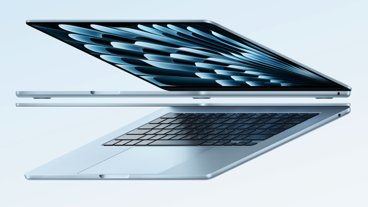

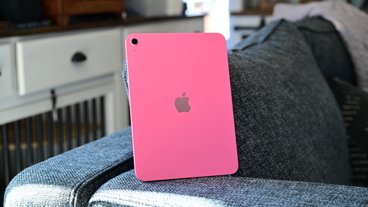

22 Comments
Are these extensive (and expensive) test labs at 1 Infinite Loop? I wonder if they will leave them there or rebuild them at Apple Park?
I doubt that the third chamber, which they claim is resting on 28 tons of concrete and with walls weighing another 27 tons is in any regular Apple office facility. Anechoic chambers have their purposes, but since consumer devices must operate in different and frequently noisy consumer environments, I'm not sure how practical it all is. But if they're giving a lot of audio engineers high-wage employment (I'm an ex-recording engineer), I'm all for it.
And 1 Infinite Loop isn't going away. My understanding is that it's Apple's leased facilities around Cupertino that will be phased out.
my first MBP in 2007 had really terrible sound, much worse than the dell laptop I was replacing. my 2010 MBP and my 2014 MBP were also pretty poor compared to the much cheaper competition. Finally my 2016 MBP has very good sounds for its size, as does my 2017 iPad Pro and my 2016 iPhone 7. Looking forward to Apple continuing their very late to the game push into high quality audio. It's a primary selling point for me.